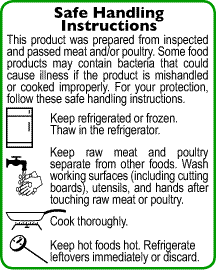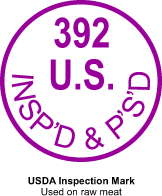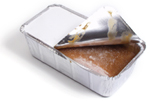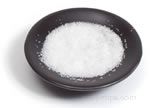Food Irradiation | Misconceptions Concerning Irradiated Food
|
Irradiation technology, in relation to the food supply, is a process in which food is exposed to radiant energy in quantities great enough to cause bacteria and other harmful microbes to become inactive. Not only does the process greatly reduce foodborne pathogens, but it also greatly increases the shelf life of food. For example, some varieties of untreated fruit may spoil in a few days, but the same fruit may remain fresh four times longer when it has been irradiated. Many countries allow food to be treated with radiant energy. In the United States, the government allows the technology to be used on a wide range of foods. Fresh fruit and vegetables, spices, poultry and eggs, and red meat are among the foods that are most often treated with irradiation technology. |
Misconceptions Concerning Irradiated Food
|
Although the use of radiant energy has been proven absolutely safe due to decades of extensive research, many people naturally have concerns about its use. Several misconceptions have surfaced due to the use of radiant energy to treat foods.
|
| Note: Foods that have been irradiated have been labeled as such. This is a requirement of the FDA (Food and Drug Administration). An international symbol of green petals in a broken circle will be found on the label if a food item has been irradiated. |

















